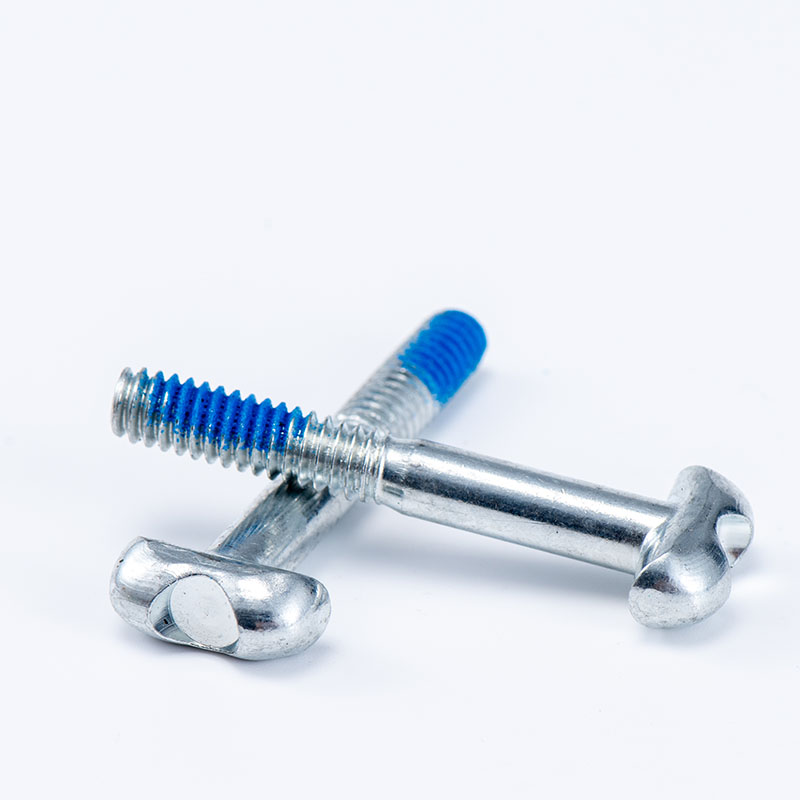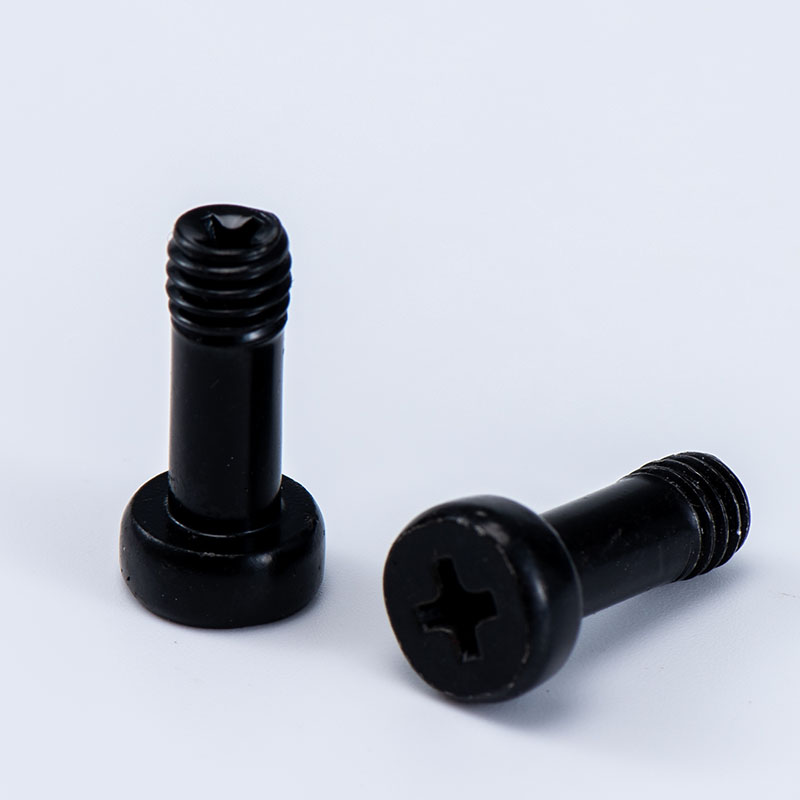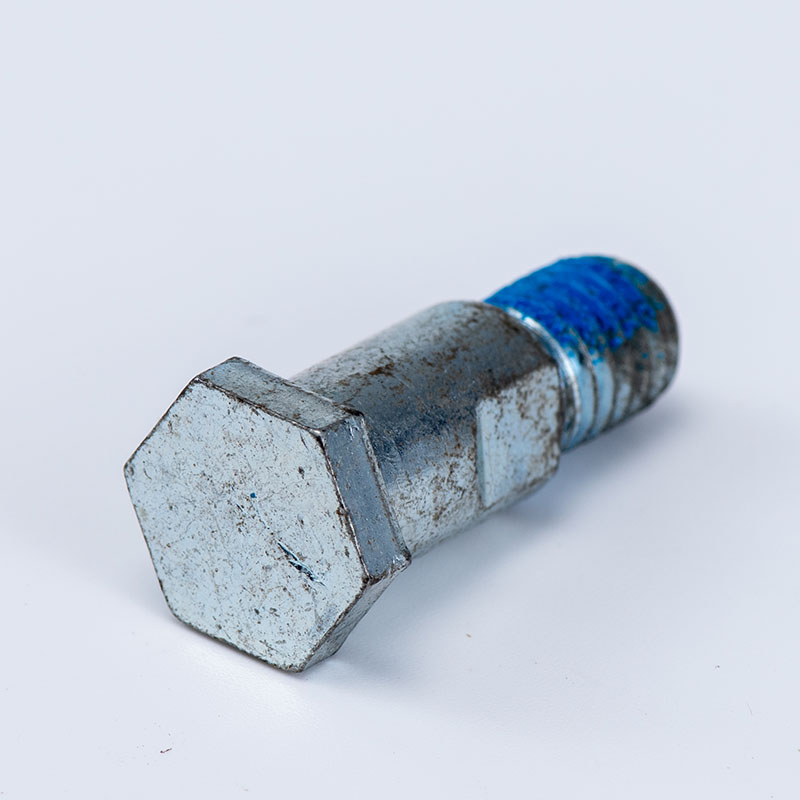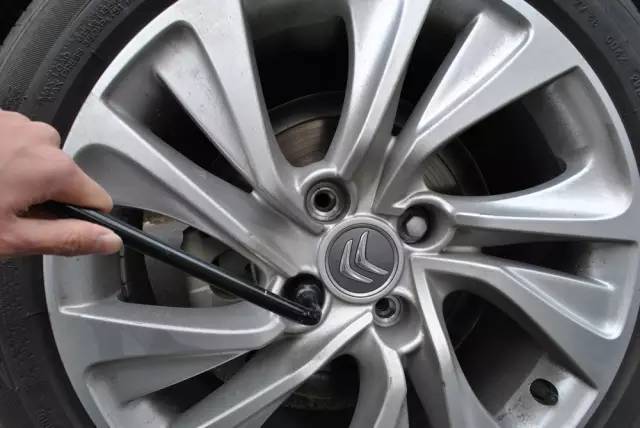The key role of standard and non-standard fasteners in the automotive field
In the field of automotive manufacturing, the importance of fasteners as the basic components that connect, fix and support various parts and components cannot be overstated. Among them, standard fasteners are widely used for their high degree of standardization and versatility, while non-standard fasteners meet specific needs with their unique design and performance. In this paper, we will discuss the application of standard and non-standard fasteners in the automotive field and their key roles.

Application of standard fasteners in automotive field
Standard fasteners, such as bolts, nuts, and screws, play a crucial role in automotive manufacturing. They are widely used in various systems such as engine, chassis, body, etc. to ensure strong connection and stable operation between various parts. The advantages of standard fasteners lie in their high degree of standardization, which allows for mass production and cost reduction, as well as easy replacement and maintenance due to their versatility.
In the automotive engine system, standard fasteners such as bolts and nuts are used to connect the cylinder block, cylinder head, crankshaft and other important parts to ensure the stability and reliability of the engine in high-speed operation. In the chassis system, standard fasteners are used to connect the suspension system, steering system, braking system and other key components to ensure the stability and safety of the vehicle during traveling. In addition, in the body manufacturing, standard fasteners also play a vital role, they are used to connect the various parts of the body, the formation of a strong body structure, to protect the safety of passengers.


The application of non-standard fasteners in the automotive field
Although the standard fasteners in automobile manufacturing occupies a dominant position, but in some special occasions, non-standard fasteners can play its unique advantages. Non-standard fasteners are fasteners customized according to specific needs, with unique shapes, sizes and material properties. They can meet the needs of special working environments, such as high temperature, high pressure, corrosion and other environments.
In automotive manufacturing, the application of non-standard fasteners is mainly focused on the following aspects: first, for the connection needs of special materials or structures, such as the connection of aluminum alloy body; second, for the needs of special working environment, such as the connection of high-temperature parts of the engine; and third, for the needs of specific functions, such as anti-loosening, vibration damping and noise reduction. The design and manufacture of non-standard fasteners require specialized technical and equipment support, but its unique performance and advantages make it an important application value in automobile manufacturing.


The synergistic development of standard and non-standard fasteners
In automobile manufacturing, standard fasteners and non-standard fasteners have their own advantages and scope of application. Standard fasteners are popular for their high degree of standardization and versatility, while non-standard fasteners meet specific needs with their unique design and performance. Both of them complement each other and develop synergistically in automobile manufacturing, and jointly promote the progress and development of automobile manufacturing technology.
In the future, with the continuous development and innovation of automotive technology, the application of fasteners in the automotive field will also face new challenges and opportunities. On the one hand, with the accelerated advancement of automotive lightweight, electrification, intelligence and other trends, the performance and quality of fasteners put forward higher requirements; on the other hand, with the continuous development of new materials, new processes, also provides more possibilities for the innovation of fasteners. Therefore, both standard fasteners and non-standard fasteners need to be constantly innovated and developed to adapt to the rapid development of automotive technology and changes in market demand.
Both standard fasteners and non-standard fasteners play an important role in the automotive field. They each have their own advantages and scope of application, and they complement each other and develop synergistically in automobile manufacturing. In the future, with the continuous development and innovation of automotive technology, the application of fasteners in the automotive field will also face more challenges and opportunities.









